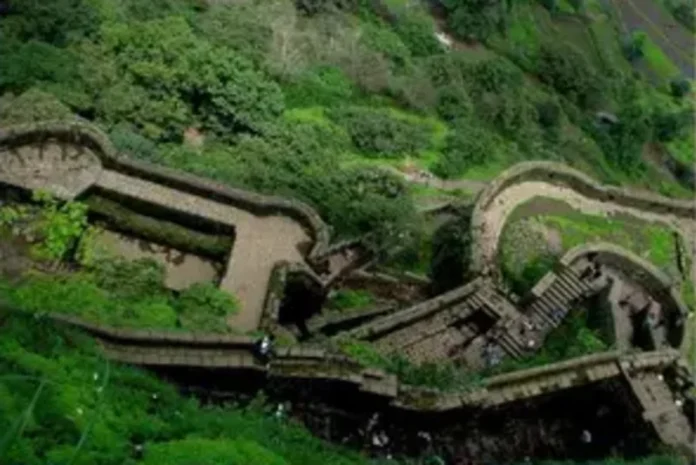At the 47th session of the UNESCO World Heritage Committee held in Paris, France, the “Maratha Military Landscapes of India” were officially inscribed on the UNESCO World Heritage List. The inscription is India’s 44th World Heritage property and reflects the country’s extensive heritage of history and architecture, resonating with its indelible cultural impact on the world.
The nomination, submitted for the 2024–25 cycle, presents a series of twelve strategically located forts expressing the military strategic thought and architectural prowess of the Maratha Empire between the 17th and 19th centuries CE. The inscription followed a rigorous eighteen-month process with multiple technical evaluations along with an on-site visit by ICOMOS, the International Council on Monuments and Sites.
Prime Minister Narendra Modi, Union Culture Minister Gajendra Singh Shekhawat, and Maharashtra Chief Minister Devendra Fadnavis congratulated the nation for this significant achievement, praising the inscription as an acknowledgment of India’s cultural and historical contributions to world heritage.
The Maratha Military Landscapes comprise forts distributed across Maharashtra and Tamil Nadu. The twelve forts include Salher, Shivneri, Lohgad, Khanderi, Raigad, Rajgad, Pratapgad, Suvarnadurg, Panhala, Vijaydurg, and Sindhudurg in Maharashtra, and Gingee Fort in Tamil Nadu.
They are distributed across different terrains, from hilltops and dense forests to plateaus and sea-coast islands. Shivneri, Lohgad, Raigad, Salher, Rajgad, and Gingee are the hill forts. Pratapgad is a hill-forest fort, while Panhala is located on a plateaued hill and is a hill-plateau fort. Vijaydurg is an important coastal fort, while Khanderi, Suvarnadurg, and Sindhudurg are island forts surrounded by the Arabian Sea.
Eight of them—Shivneri, Lohgad, Raigad, Suvarnadurg, Panhala, Vijaydurg, Sindhudurg, and Gingee—are guarded by the Archaeological Survey of India (ASI). The remaining four—Salher, Rajgad, Khanderi, and Pratapgad—are guarded by the Directorate of Archaeology and Museums, Government of Maharashtra.
That these forts are part of UNESCO’s World Heritage List follows India’s nomination under criteria (iv) and (vi) that address architectural and technological excellence and powerful association with living traditions and historical events. The ensemble as a whole testifies to a sophisticated understanding of geography, defense strategy, and regional adaptation.
During the committee session, 18 out of 20 State Parties supported India’s proposal. The debate continued for 59 minutes, after which the proposal was unanimously adopted with much enthusiasm by all the member states, UNESCO’s World Heritage Centre, and advisory bodies such as ICOMOS and IUCN.
This global recognition comes after the inscription of the Moidams of Charaideo in Assam in the 46th session in New Delhi last year. India now ranks sixth in the world and second in the Asia-Pacific region for having the maximum number of World Heritage Sites.
India is also a member of the World Heritage Committee (2021–2025) and is pursuing its cultural and natural heritage aggressively through the efforts of the Archaeological Survey of India, which is the nodal agency for all matters related to World Heritage. India also has 62 sites on its Tentative List, which is a precursor to future nominations.



